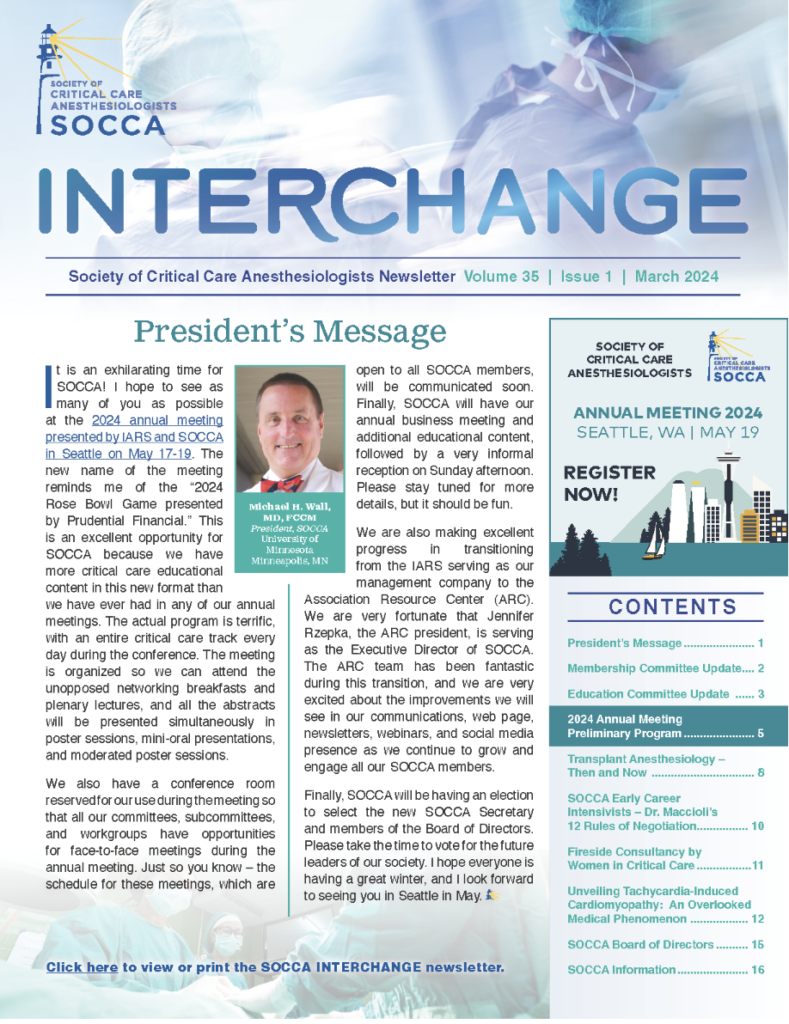Financial Disclosures: Dr. Wunsch has research funding from the U.S. Department of Defense (DOD), U.S. National Institutes of Health (NIH), and Canadian Institutes of Health Research (CIHR).
Conflicts of Interest: Dr. Wunsch is an author of the upcoming book, The Autumn Ghost: How the Battle Against a Polio Epidemic Revolutionized Modern Medical Care (Greystone Books, May, 2023).
This year marks the 70th anniversary of the opening of the first modern intensive care unit (ICU). Located in The Municipal Hospital of Copenhagen, the unit possessed many components that are recognized as integral to critical care today: a dedicated area set aside for the sickest patients, 24/7 coverage by specialized staff, frequent monitoring of vital signs, invasive mechanical ventilation, and blood gas analysis [1]. Although situated across the ocean, there was an American connection; the unit was opened by a trailblazing anesthesiologist, Bjørn Ibsen, who had trained for a year at the Massachusetts General Hospital. Ibsen’s pioneering work was born out of his generation’s health emergency, a polio epidemic [2]. Not unlike today’s struggle with the coronavirus disease 2019 (COVID-19), Ibsen also faced the deadly respiratory sequela of a viral infection. By application of knowledge and experience gained during his anesthesia training in Boston and Copenhagen, he was able to diagnose and treat hypercapnic respiratory failure. His novel intervention and subsequent work in establishing the first ICU saved countless lives and changed the face of medicine forever. As our critical care community recovers from the arduous pandemic response, appreciation of the connections with our predecessors may enable us to better cope with stresses we have experienced. Such origin stories may help us to feel proud of our identity, gain perspective on the struggles we encountered, and feel invigorated for what is to come. This is the story of a visionary who laid the kindling for the field of critical care medicine.
Continue Reading…



































